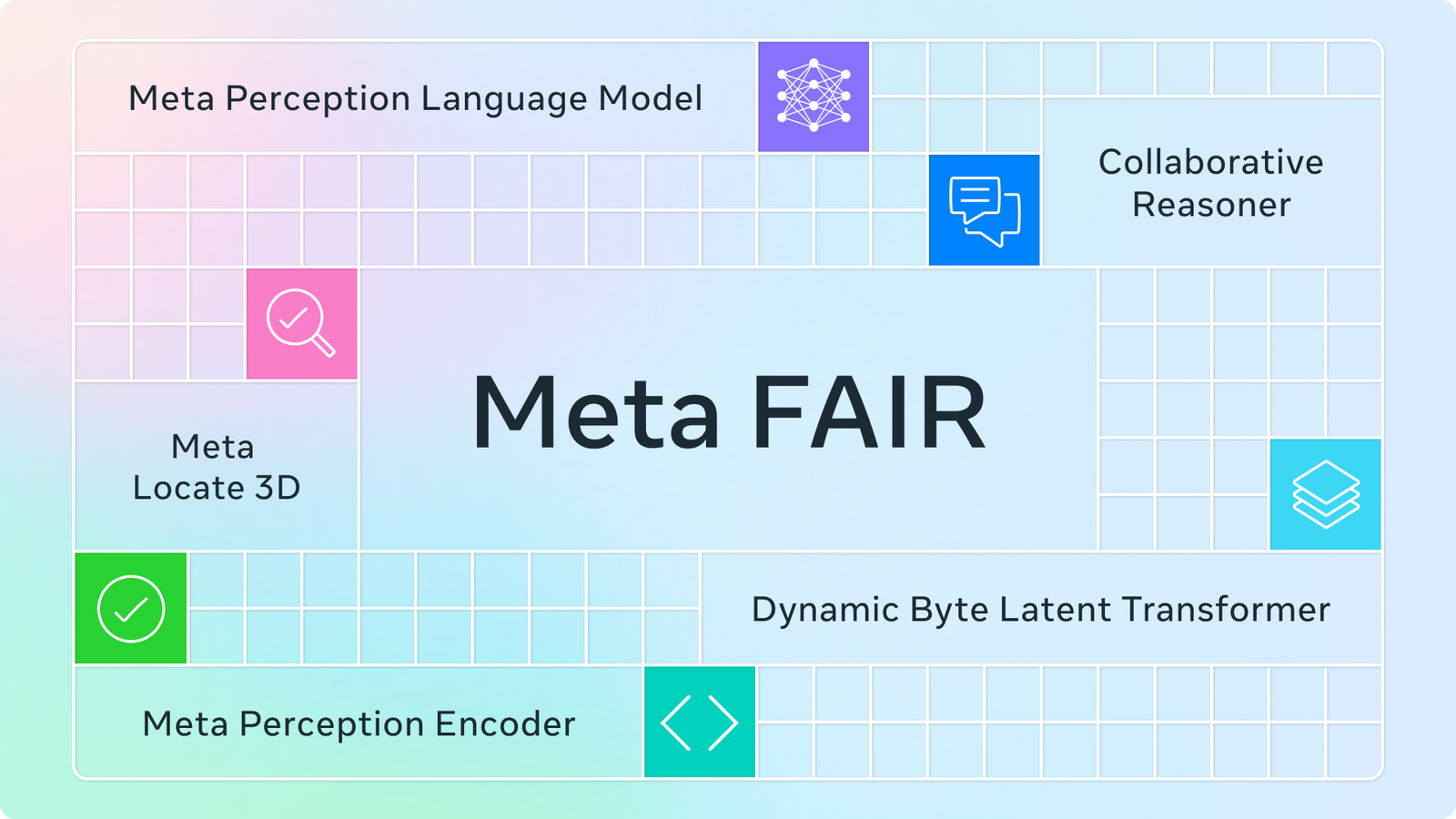MIT Researchers Teach LLMs to Self-Detoxify

The MIT-IBM Watson AI Lab published a cool article on their self censoring LLM on April 14th, 2025. They’ve developed a new method that helps Large Language Models (LLMs) essentially police themselves, steering their own responses towards safer, more ethical, and value-aligned outputs.
I think this is super important because as LLMs become more integrated into everything we do, from customer service bots to writing tools, we gotta make sure that they don’t use harmful, or biased content. Right now, a lot of the ‘detoxification’ involves external filters or heavy-handed prompting, but the goal is to build that capability into the model itself.
This matters to pretty much everyone who uses or interacts with AI (which is pretty much anyone on this planet…) – developers building on these models, companies deploying them, and end-users like you and me. It could mean more reliable AI assistants, better controlled content in games or marketing, and generally safer online interactions facilitated by AI.
It makes me wonder how this internal “self-correction” compares to external methods in terms of computational cost and effectiveness. Yet, that’s definitely a step towards more inherently responsible AI.
MIT trains LLM to detoxify itself
Large Language Models can improve their responses through techniques like reinforcement learning, which aligns them more closely with ethical standards.
Meta FAIR’s Five New Human-like AI Projects

Credits: ai.meta.com
Meta’s Fundamental AI Research (FAIR) team dropped five major releases around April 17th, 2025. The overall goal is, spoiler alert, to make AI more human-like in terms of perceptions and interactions. That’s interesting because it tackles multiple (difficult) facets of intelligence at once.
They released things like an advanced perception encoder for better visual understanding, open vision-language models (useful for describing images or answering questions about them), an updated CLIP model (which connects images and text), a foundational model for controlling virtual ’embodied agents’ (think realistic avatar/robot movement, very Ready Player One), and even tools for understanding 3D object locations from text descriptions and research into AI social intelligence.
This is significant because it pushes beyond just text generation towards AI that can genuinely see, understand, and interact with the world (or virtual worlds) more like we do.
This benefits researchers that really want to push what AI can do. That includes developers creating richer multimodal applications (imagine smarter AR or VR experiences), and eventually, us users who will interact with more capable and intuitive AI across Meta’s platforms and beyond. The embodied agent work, Meta Motivo, is especially cool when thinking about future virtual assistants and robotics.
META – Advancing AI systems through progress in perception, localization, and reasoning
Advances in AI perception are leading to models capable of understanding context, which enhances their ability to interact in realistic environments.
Google Previews Gemini 2.5 Flash with “Thinking Budgets”

Around April 17th, 2025, Google AI released a preview of Gemini 2.5 Flash. Now, Gemini is cheaper than other models with similar capabilities (take the new ChatGPT o3/o4-mini/4.1 or Claude Sonnet 3.7), but here I liked how they talked about a concept called controllable “thinking budgets.”
Essentially, developers using the API can set a limit on the computational resources (measured in tokens) the model uses specifically for its internal reasoning process before generating an answer. I think this is a potentially game-changing development, especially for businesses.
It gives developers granular control over the trade-off between response quality/depth and cost/latency. Need a quick, cheap answer? Set a low thinking budget. Tackling a complex problem where deep reasoning is paramount? Allocate more resources.
This matters hugely to developers building applications on Gemini and businesses trying to manage AI operational costs effectively. For end-users, it might mean faster responses for simple queries in Gemini-powered apps, while still allowing for deeper analysis when needed. It’s a clever way to optimize AI performance for specific tasks, moving beyond a one-size-fits-all approach.
Google – Gemini 2.5 Flash thinking budget
The concept of “thinking budgets” allows for more efficient and tailored AI responses, helping to balance between cost and quality effectively.
What do YOU think about all this?!



